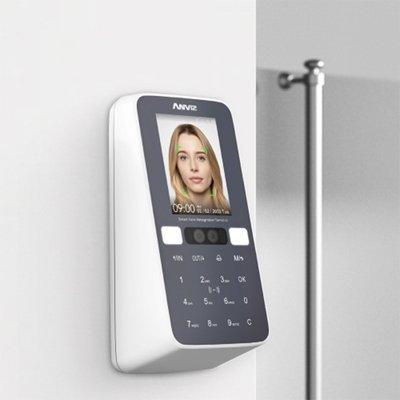 |
| Too often we make the assumption that networks designed for data communication are the same as those for IP video |
Too often as we continue on the transition from analogue to IP video surveillance, we make the assumption that networks designed for data communication are the same as those for IP video. In fact, they are very different. While we focus on camera, NVR and VMS specifications, we often overlook that in reality it is the transmission of IP video that determines quality and performance. We shouldn’t be quick to blame system failures on the products connected to either end of the transmission line when it the transmission itself.
Most of the considerations and differences between data networks and video security IP networks centre around two general areas -- bandwidth and PoE, power over Ethernet. Here let’s consider bandwidth.
Security transmission from cameras through a network is usually at transmission speeds of 100Mbps. The first rule is that transmission speeds within the network must be matched. So a camera with an output of 100Mbps must be connected to a switch port set at 100Mbps. We should also not assume that how we transmit the signal doesn’t affect bandwidth – it does. Related to total bandwidth available for transmission, we should not conclude that if our camera transmits images at 1Mbps, we can feed 100 cameras into the transmission line.
Any physical transmission media has internal resistance. When we deal with the Ethernet standard, the transmission distance is fixed at 328 feet or 100 meters, and the performance standards are set to that distance based on the resistance of Cat 5 cabling. Shorter distances do not negatively impact performance; longer distance do. However, distance isn’t the only factor. IP transmission is interactive. Multiple factors contribute to affecting performance. To better understand, let’s examine IP video.
| Bandwidth limitation can make an image look pixelated or the NVR not recognising an image |
There is an important similarity between analogue and IP video in that both are transmitted as individual pictures. IP video is transmitted in packets referred to as Video Frames. Both are similar in that the number of these images per second determines the fluidity of movement. The key difference is that while video comprises 100% of the analogue frame, only 50% of bandwidth or less is reserved for the IP video image. The other 50% or more is taken up as packet overheads. This is the information that directs the video image to a destination and, if required, directs responses back to your computer. So for IP video, we start by losing 50% of our transmission space.
The second consideration is the size of the packet. As megapixel images increase, so do their packet sizes. Data communications were designed for smaller data applications such as Word and accounting documents. In fact, almost all data products determine their performance specifications based on a packet size of 64bytes. Even the smallest 1 MP camera will have a packet size of at least 1024 bytes. Standards and testing for data packet transmission end at around 1518 bytes or about 2 to 3 MP cameras. Above that, packets are called Jumbo Frames. They exist from about 1518 to 9600 bytes. In general, megapixel cameras with 3MP and greater exist at Jumbo Frame packet sizes.
Two more considerations are added to the several others affecting bandwidth. One is how the type of codec used affects image size. The general rule is that H.264 requires the smallest bandwidth and MJPEG the highest. Next is the number of images per second: More images requires higher bandwidth.
Consequences of bandwidth limitations vary. They can result in an image looking pixelated or the NVR not recognising an image and displaying a dark screen. Depending on the number of bandwidth requirements in your system, the problem may not remain constant and can change among cameras depending on which camera’s bandwidth dominates at a given time.
The takeaway is that equipment designed for standard data transmission simply does not meet requirements for IP video transmission.









































